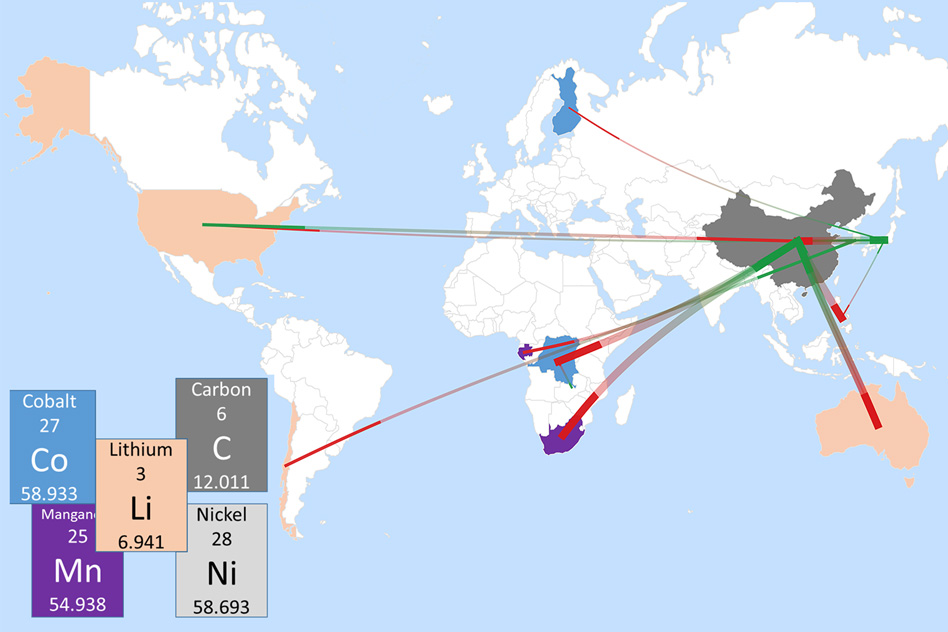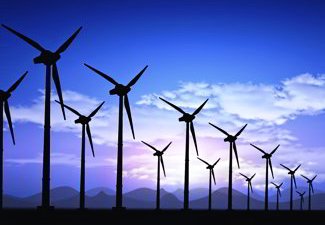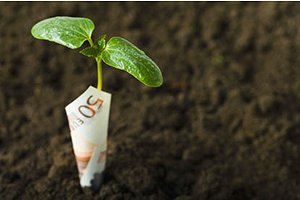 Wind farms in China and small-scale solar panels on rooftops in Europe were largely responsible for last year’s 32% rise in green energy investments worldwide, according to the latest annual report on renewable energy investment trends issued by the UN Environment Programme (UNEP).
Wind farms in China and small-scale solar panels on rooftops in Europe were largely responsible for last year’s 32% rise in green energy investments worldwide, according to the latest annual report on renewable energy investment trends issued by the UN Environment Programme (UNEP).
Last year, investors pumped a record US $ 211 billion into renewables – about one-third more than the US $ 160 billion invested in 2009, and a 540% rise since 2004.
For the first time, developing economies overtook developed ones in terms of “financial new investment” – spending on utility-scale renewable energy projects and provision of equity capital for renewable energy companies.
On this measure, US $ 72 billion was invested in developing countries vs. US $ 70 billion in developed economies, which contrasts with 2004, when financial new investments in developing countries were about one quarter of those in developed countries.
The report, “Global Trends in Renewable Energy Investment 2011”, has been prepared for UNEP by London-based Bloomberg New Energy Finance.
It was launched on July 7 by UN Under-Secretary-General and UNEP Executive Director Achim Steiner and Udo Steffens, President and CEO of the Frankfurt School of Finance & Management as it was also announced that a new UNEP Collaborating Centre for Climate & Sustainable Energy Finance is being inaugurated at the Frankfurt School.
China, with US $ 48.9 billion in financial new investment in renewables (up 28%), was the world leader in 2010. However, other parts of the emerging world also showed strong growth:
- South and Central America: up 39% to US $ 13.1 billion;
- Middle East and Africa: up 104% to US $ 5 billion;
- India: up 25% to US $ 3.8 billion, and
- Asian developing countries excluding China and India: up 31% to US $ 4 billion.
Another positive development, highlighted in the report with implications for long-term clean energy developments, was government research and development. That category of investment climbed over 120 per cent to well over US $ 5 billion.
Mr. Steiner said, “The continuing growth in this core segment of the Green Economy is not happening by chance. The combination of government target-setting, policy support and stimulus funds is underpinning the renewable industry’s rise and bringing the much needed transformation of our global energy system within reach.”
“The UN climate convention meeting in Durban later in the year, followed by the Rio+20 summit in Brazil in 2012, offer key opportunities to accelerate and scale-up this positive transition to a low carbon, resource efficient Green Economy in the context of sustainable development and poverty eradication,” he added.
“The finance industry is still recovering from the recent financial crisis,” adds Udo Steffens, President of the Frankfurt School of Finance and Management. “The fact that the industry remains heavily committed to renewables demonstrates its strong belief in the prospects of sustainable energy investments.”
“The investment activity in the developing world is not only leading to innovations in renewable energy technologies. Further more, it will open up new markets as first mover investors are facilitating a range of new business models and support entrepreneurship in the developing world,” explains Udo Steffens.
The report points out that not all areas enjoyed positive growth in 2010: there was a decline of 22% to US $ 35.2 billion in new financial investment in large-scale renewable energy in Europe in 2010. But this was more than made up for by a surge in small-scale project installation, predominantly rooftop solar.
Michael Liebreich, Chief Executive of Bloomberg New Energy Finance, said, “Europe’s small-scale solar energy boom owed much to feed-in tariffs, particularly in Germany, combined with a sharp fall in the cost of photovoltaic (PV) modules.”
Investments in Germany in “small distributed capacity” rose 132% to US $ 34 billion, in Italy they rose 59% to US $ 5.5 billion, France up 150% to US $ 2.7 billion, and the Czech Republic up 163% to US $ 2.3 billion.
The price of PV modules per megawatt has fallen 60% since mid-2008, making solar power far more competitive in a number of sunny countries.
By the end of 2010, many countries were rushing to make their PV tariffs less generous. Indeed, Spain and the Czech Republic both moving to make retroactive cuts in feed-in tariff levels for already-operating projects “damaged investor confidence,” the report says. “Other governments, such as those of Germany and Italy, announced reductions in tariffs for new projects – logical steps to reflect sharp falls in technology costs.”
Nevertheless the small-scale solar market is likely to stay strong in 2011, the report suggests.
Further drops in costs for solar, wind and other technologies lie ahead, the report says, posing a growing threat to the dominance of fossil-fuel generation sources in the next few years.
Throughout the last decade, wind was the most mature renewable energy technology and enjoyed an apparently unassailable lead over its rival power sources.
Wind turbine prices have fallen 18% per megawatt in the last two years, reflecting, as with solar, fierce competition in the supply chain.

















